Creating a Better Fretpad & Solution for 12-Strings
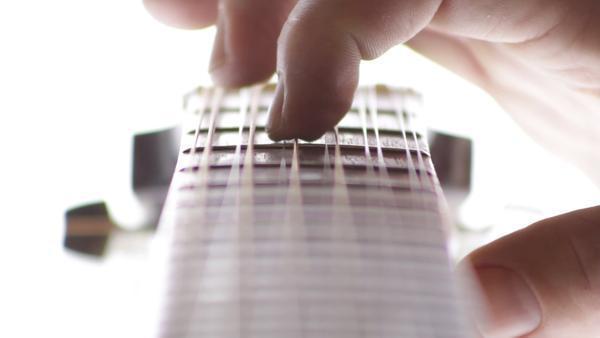
About a year ago, we launched an R&D project to design a better 12-string fretpad. We created dozens of prototypes and admittedly had lots of failures along the way. Many of our ideas led to slight improvements, or in some cases big improvements, but with tradeoffs that weren't acceptable. Then one day that all changed...
Today we are excited to launch OctaveTouch™ fretpads, our new patent-pending fretpad technology. This is a new fretpad that turns any 200 Series Thalia Capo into the best 12-string and Baritone capo in the world. Watch the video above for details and read on if you would like to get the full backstory of how this new technology came to be. Read to the end, because we also discuss how this new technology is a breakthrough for 6-strings as well.
Our goals for this fretpad project were clear. The solution that we were looking for only required a new fretpad, where the resulting design was backwards compatible with all 200 series capos and compatible with all 12-strings and baritones, no matter how they were strung. (Some are strung with the octave string on the bass side and some on the treble side of the standard gauge string.)
Now, some of you may be asking, what the issue is? Because we do have thousands of 12-string users that experience perfect results with our current capo and high-tension fretpads. But... 12-strings are notoriously finicky and some just don’t like capos at all, at least their octave strings don't. So our goal was to create a solution that worked perfectly on those persnickety instruments and improved performance for all.
Typically, a 12-string capo usually works by increasing the tension of the capo. This is because the capo needs to fret the standard gauge string and the smaller gauge octave string in order to get both strings to ring true. The issue with this approach is that you will undoubtedly push your guitar out of tune when cranking up the tension.
So how did we solve it? It was actually quite simple. We simply modeled our new fretpad material after the human finger. Not a bombshell revelation by any means, but in retrospect it was a breakthrough objective because no other capo has ever effectively done this.
First, let’s look at how a human finger reacts to strings on a 12-string guitar.

The finger tip is initially very soft, molding around the strings but then quickly bottoms out on bone, so that both strings are pressed against the fret with equal tension. Here is how it looks when you barre with side of your finger.

As you can see the fleshy part of the finger makes contact with the fretboard and depresses the octave strings. Now, let's take a look at how a rubber fretpad makes contact with the strings.
As you can see the rubber conforms slightly to the strings, but it is nowhere as soft or as pliable as a finger. This means that a lot of force is being applied to the standard gauge strings in order to press them down far enough to hit the octave strings. It is important to note that our capos actually apply less tension than a Kyser, Dunlop, G7 and other trigger style capos. It may not feel like this is the case when you squeeze it, but we dialed down the tension when we matched the radius so that we would not impact tuning.
So the first thing that we tried was making fretpads out of every durometer of rubber that we could source. Durometer refers to the softness or elasticity of rubber materials. Some were too soft, some not soft enough. We also tried every type of rubber from silicone to butyl rubber and started mixing custom batches or blends with different additives. The issue that we ran into was if it was too soft it didn't depress the strings enough and we had buzzing. Too hard and it didn't conform around the strings... We tried metal cores inside of the rubber as well as numerous other methods. Eventually through lots of trial and error we solved it with a proprietary silicone blend that exactly matches the elasticity of the human finger. We call this new proprietary fretpad material OctaveTouch.
Here is how an OctaveTouch fretpad looks on a 12-string guitar.

Once we had a prototype that we were in love with, we made up a small batch and sent these out to some of our customers who have had the biggest problems with our capos and 12 strings. The results started coming in and the solution worked across the board.
So the next question that we asked was... Is this simply a better fretpad for 6-strings as well? Well, we think they just might be. But we need to do some more testing on that. So for now these are being released as accessory fretpads similar to teflon.
Here is an interesting anecdote for you guitar nerds out there...
I have found that these new fretpads in our standard tension depth are even better at keeping my 6-string guitars in tune more than our rubber models. In fact, in a test with my Gibson SJ200, a Peterson Strobe Tuner and my Thalia Capo with a standard-tension OctaveTouch fretpad installed at the 5th fret, the capo kept the guitar perfectly in tune to my ear but consistently 4-5 cents sharper than without the capo on, according to the Peterson tuner. I then took off the capo and barred the 5th fret with my fingers, modulating the pressure of my barring to the point just above where buzzing occurred while watching the Peterson Strobe Tuner. The result, my barre chord was also 4-5 cents sharp. So what does this tell me? That at least on my SJ, the capo is exactly modeling the pressure of my fingers when I am not barring too hard :) (It was very easy to press too hard and press chords/notes sharp, so I also learned to have a softer touch with this little test..)
What we don't know yet is how durable these new fretpads will be after extended use compared to our harder rubber fretpads. We are releasing these fretpads as an accessory and will track performance with you, our loyal customers. If you want to help us complete the full R&D cycle, give these new fretpads a try and let us know your thoughts.
We have decided to begin selling our fretpads individually as well. You can find all of our accessory fretpads here.







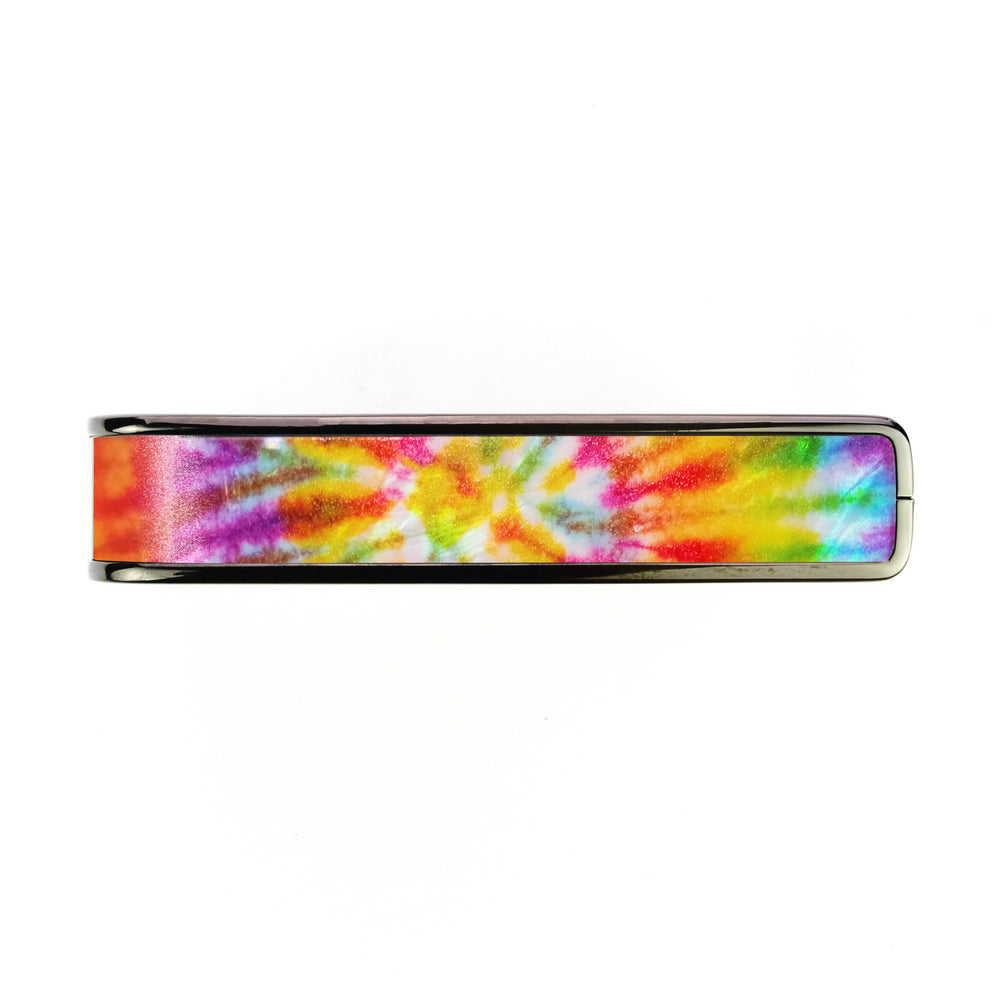




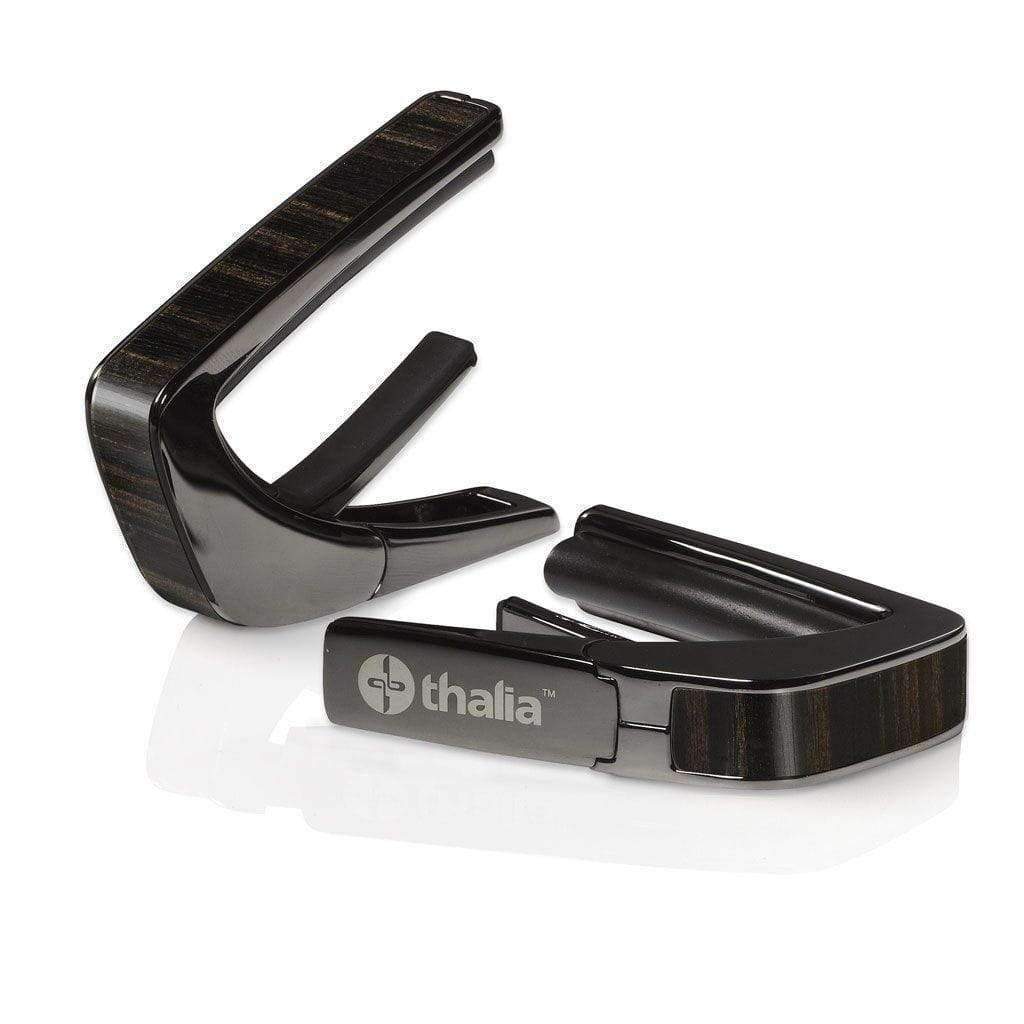


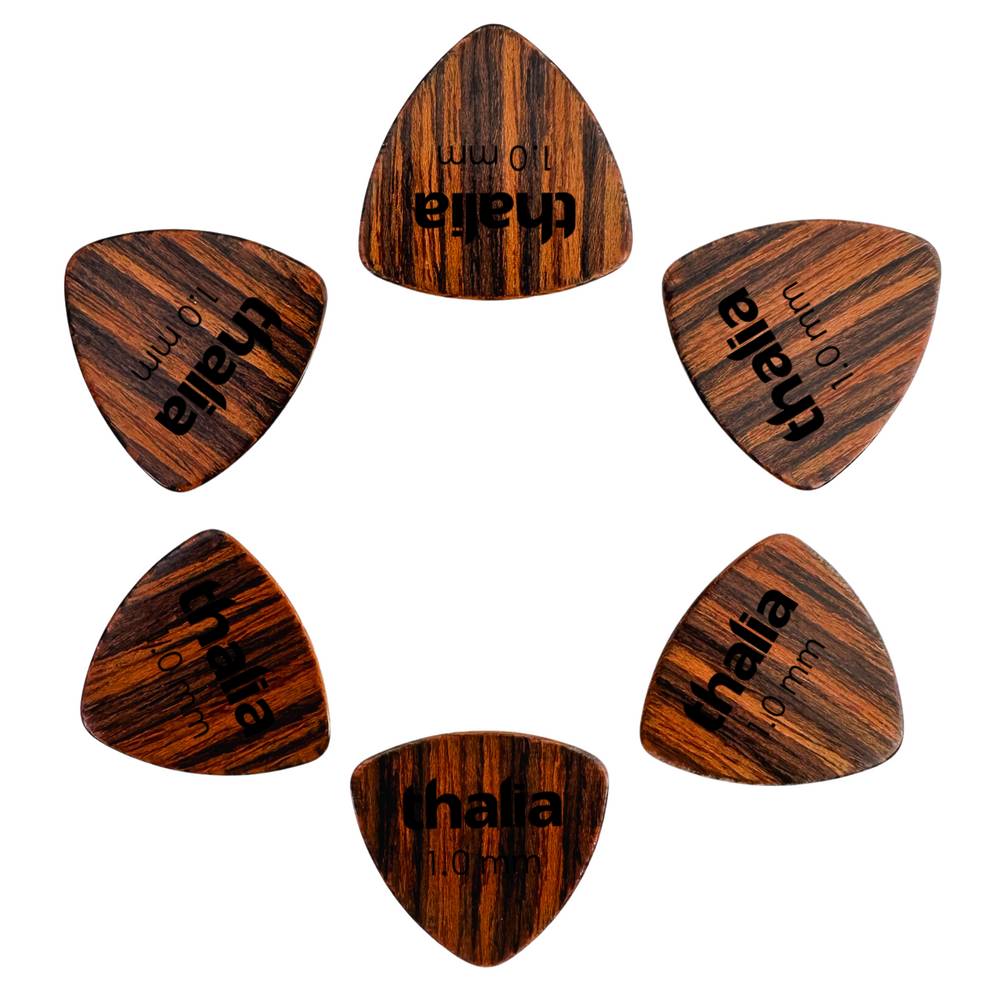
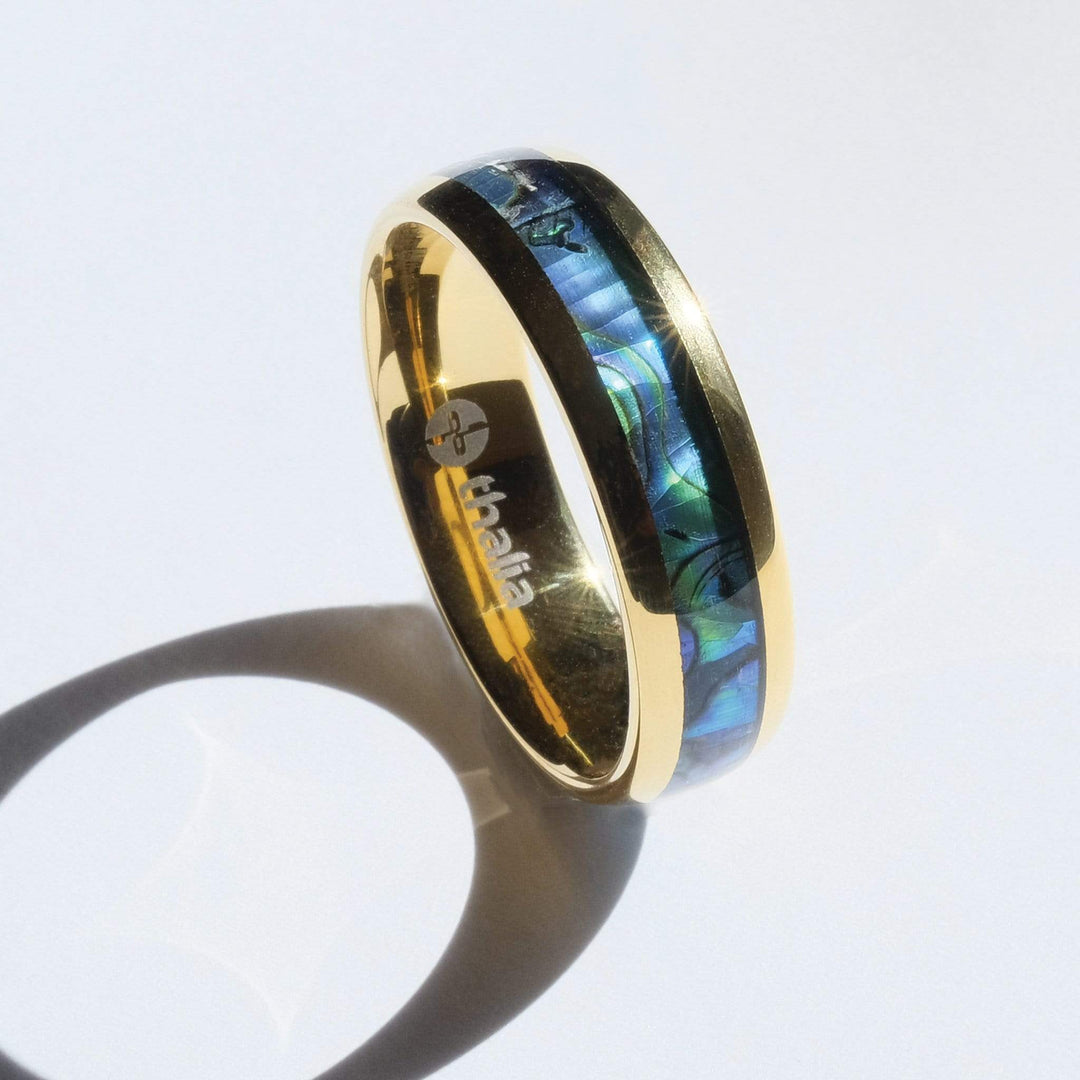

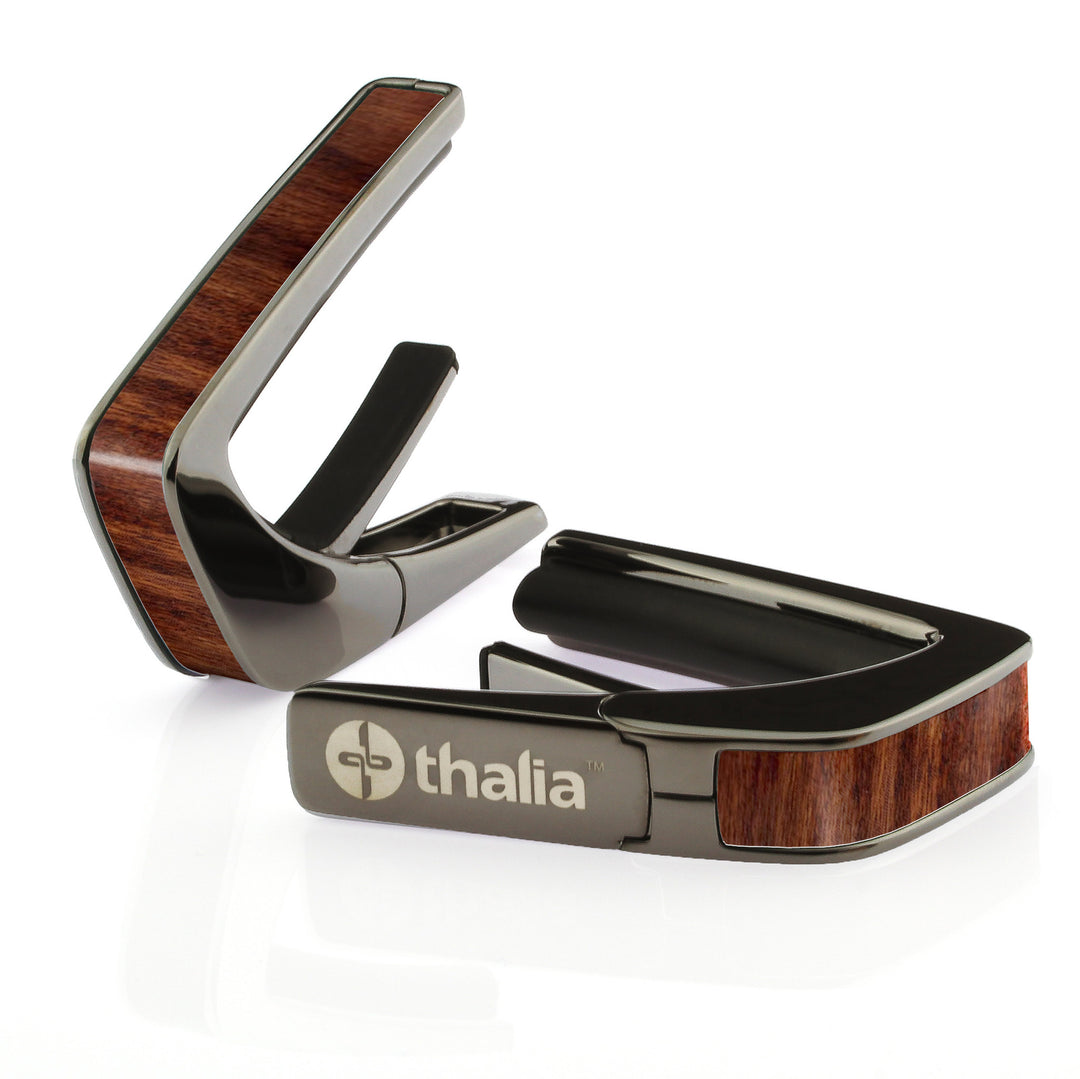



Leave a comment